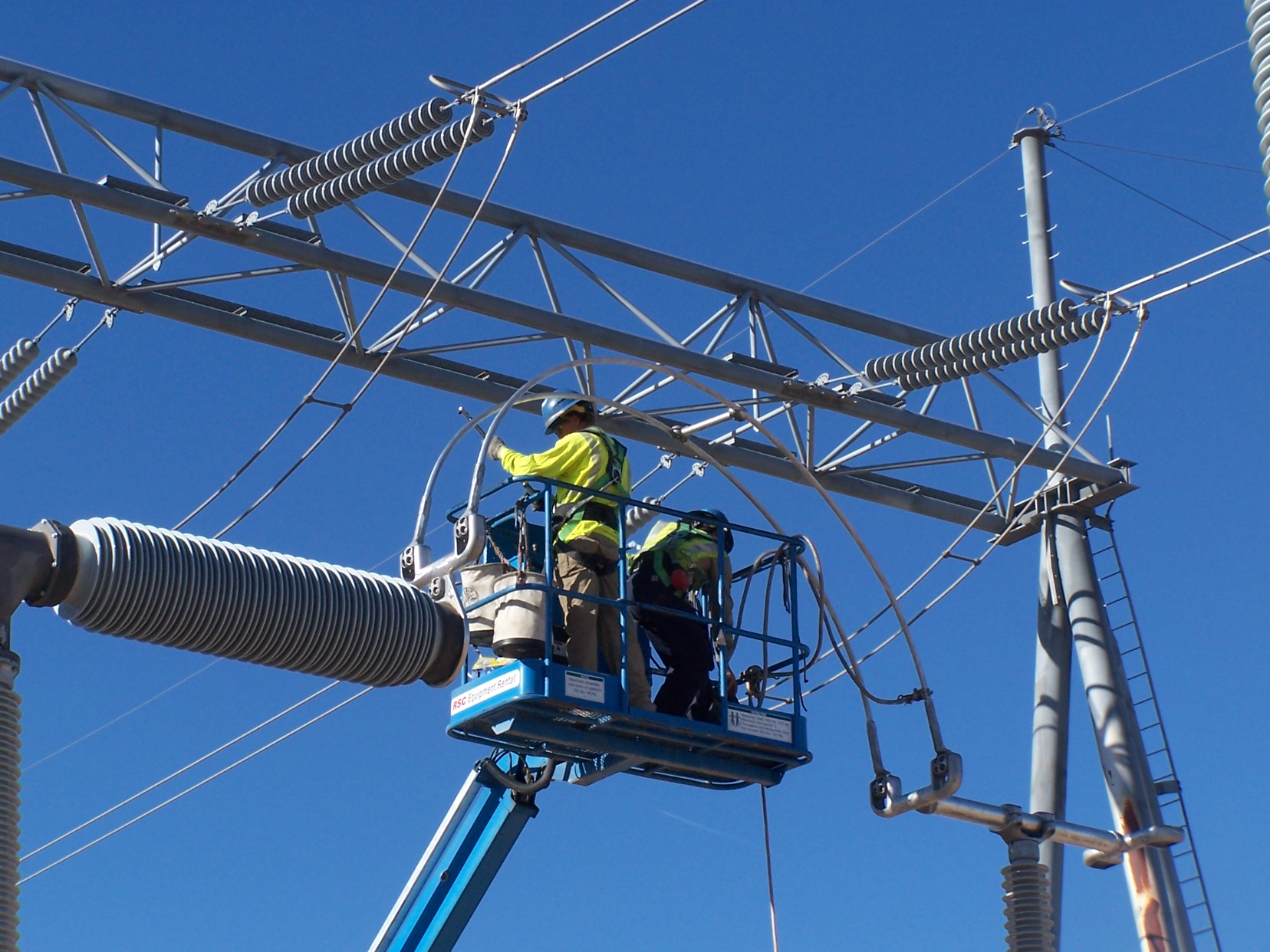Thirty-three villages in Woleu-Ntem province of Gabon, a country along the Atlantic coast of Central Africa, are set to be connected to the national electricity grid.
This is in the wake of a partnership between the government of the Gabonese Republic and World Bank, an international financial institution that provides loans and grants to the governments of low and middle-income countries for the purpose of pursuing capital projects.
At a cost of over US$ 10M, the works were officially launched on November 20, 2020, by the National Commission for Public Interest Works for the Promotion of Entrepreneurship and Employment (CN-TIPPEE) which is a national entity, placed under the Ministry of Economy and recovery.
CN-TIPPEE is currently implementing almost all the projects funded by the World Bank in Gabon and has so far demonstrated strong commitment and professionalism with a strong experience in handling World Bank procedures.
Implementation of the project
The project will be executed in four phases/lots.
The first phase concerns the connection of the villages of the Biyi-Eboro crossroads on the border with Cameroon while the second lot involves electrification of the Biyi-Meyokie crossroads, on the border with the neighboring republic of Equatorial Guinea.
Also read: Gabon starts rehabilitating the Bongolo hydroelectric power station
The third lot concerns the linkage of the aforementioned connections to a power plant through a Feeder type power line that will be constructed from the plant to a 20 kV distribution station that will be installed at the Biyi crossroads. This phase will also see the construction of a 20 kV overhead line between Biyi and Mebo’o on the border with Equatorial Guinea.
Finally, the fourth lot concerns the construction of the 20 kV overhead line connecting Ebebiyin to Eboro, on the border with Cameroon, and the construction of the 20 kV overhead line from the Eboro crossroads to the Meyokie crossroads.
The project is set to be completed in October next year.

